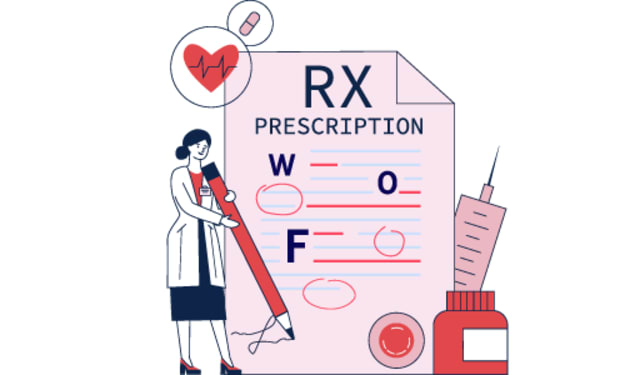What is a Practice Management Solution and its purpose in USA Medical care?
Practice Management Solution

Practice management is a combination of operations used by healthcare organizations to govern and meet the physician's and patients' growing requirements. Practice management is an adequate tool to improve the efficiency of physical facilities of all sizes. Small and medium-sized firms typically use practice management software to manage daily operations such as financial and administrative duties.
Practice management system manages registration, scheduling, patient monitoring,
patient accounting, and reporting across all activities using a single workflow which allows all patient accounts to be paid through a single platform.
A business can combine almost everything the care team requires for a proper and successful procedure for practice management.
Having access to an all-in-one practice management solution that allows patients to securely access their records, implementing adequate computational health care coverage, scheduling appointments digitally, conducting secure and virtual consultations, efficiently organizing medical records and appointment records, and having real-time customer support may all be consolidated in one place for smooth, efficient transitions of treatment from one stage to the next. This holistic strategy reduces errors and improves physicians' perceptions of the value of care.
As the United States' health system shifts to value-based care, the necessity of the Medical Practice Management System has grown vastly as the demand for it grows. Nevertheless, for clinicians who want to optimize value, simply involving individuals and caregivers to improve their evaluative pleasure would not suffice. Effective enhancement necessitates the formation of long-term connections with patients.
Let's take an in-depth look at the main purpose of adopting Practice Management Software:
Keeping track of patient demographics.
Patient appointments are scheduled.
Taking care of charge capture
Payments are processed from patients, insurance companies, and other third parties.
Creating reports for members of the team.
Maintain medical records and make them accessible from a range of devices, including a mobile device.
Physicians get to see what options are available and choose the ideal time for them by scheduling appointments.
Send appointment confirmations and add them to an electronic calendar.
Send appointment reminders in the hopes of lowering the incidence of no-shows.
Send follow-up health information, recommendations, and reminders of what physicians have suggested enhancing patient participation in their health care.
To reduce wait times, notify physicians when patients arrive.
Keep track of patient interactions so that both doctors and patients may look back on earlier chats and appointments.
Medical devices are monitored, and data is received, and if medical attention is required, notifications are sent to both physicians and patients.
Allow emails and phone calls between the patient and the doctor.
Produce invoices and insurance claims.
There are numerous moving elements associated with providing outstanding patient care and infinite obligations. There is an almost unimaginable amount of patient data for any one person to keep records with the help of practice management.
CONCLUSION:
Numerous personnel are engaged in healthcare delivery from the moment patients contact your healthcare company. The office staff handles the documentation. Clinicians make changes to the patient's medical record. Your financial services team handles billing. Your mission is to keep processes flowing, reduce bottlenecks, and ensure that quality is never jeopardized.
A healthcare business may save money by automating tasks, eliminating redundant or duplicate stages, and even avoiding downtime or litigation caused by errors if you utilize an excellent Practice management software application.
For comfort and efficiency on both the care providers' and patients' ends, follow-up consultation notifications, scheduling appointments, and healthcare invoicing can all be computerized.
Furthermore, increased communication may result in fewer errors and the capacity to empower patients to take a more active part in their health. It'll also be helping to free up time and resources so that staff may focus on patient continuity of care and ease of application for the clinicians.





Comments
There are no comments for this story
Be the first to respond and start the conversation.